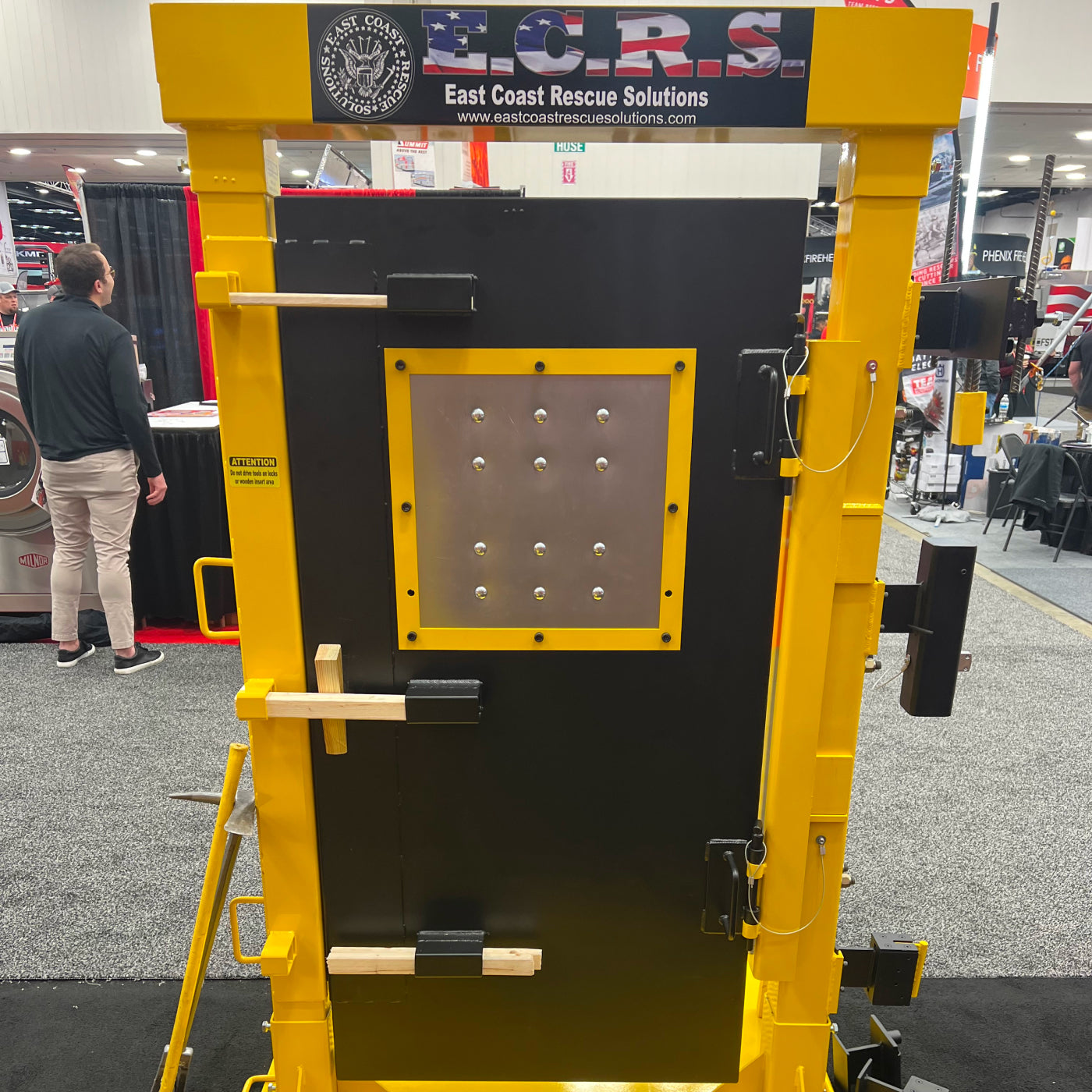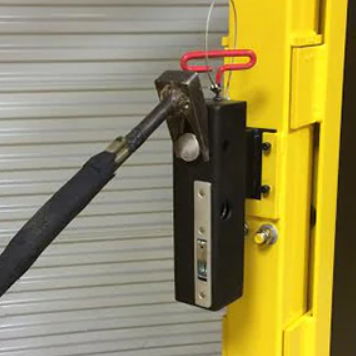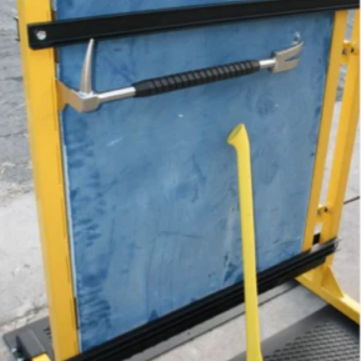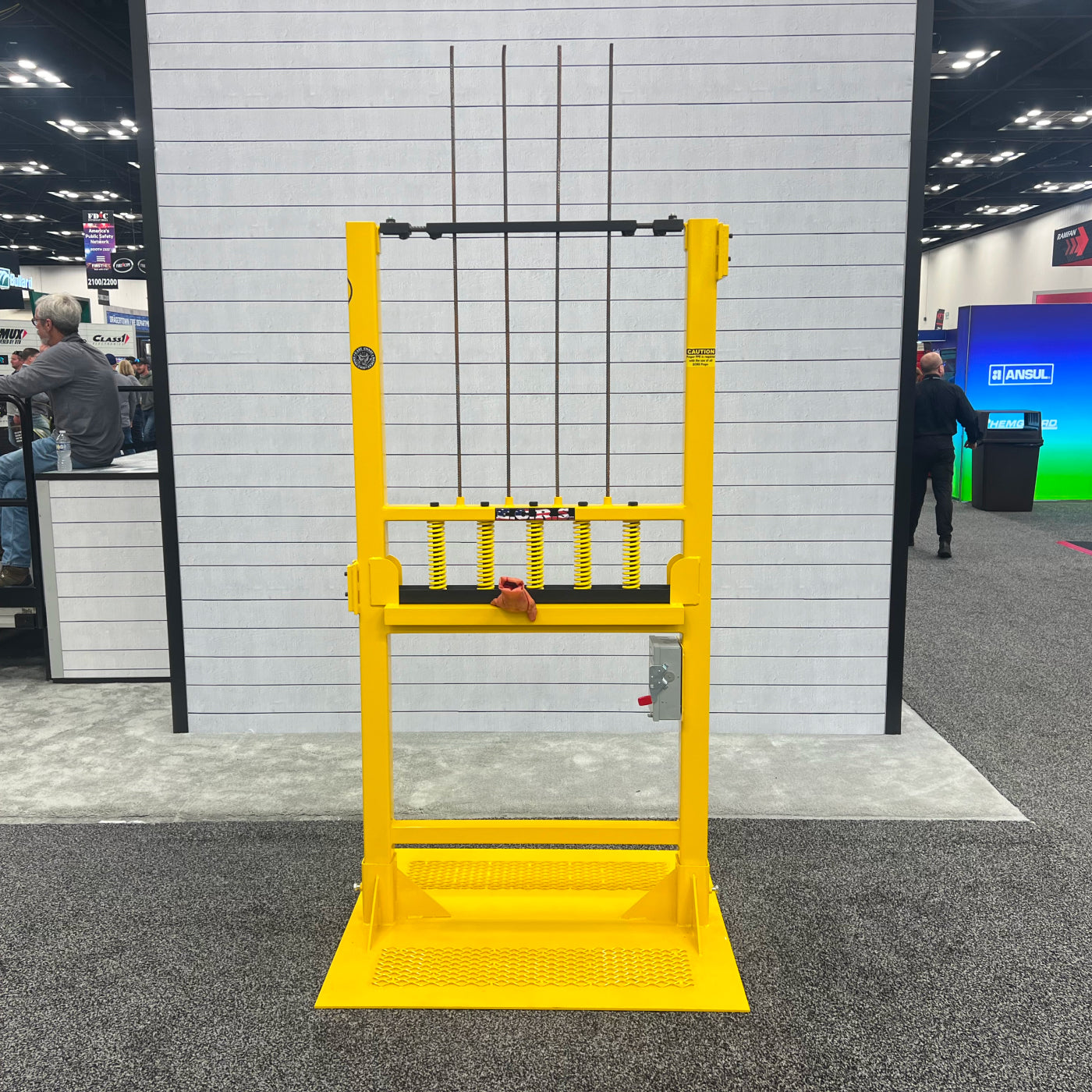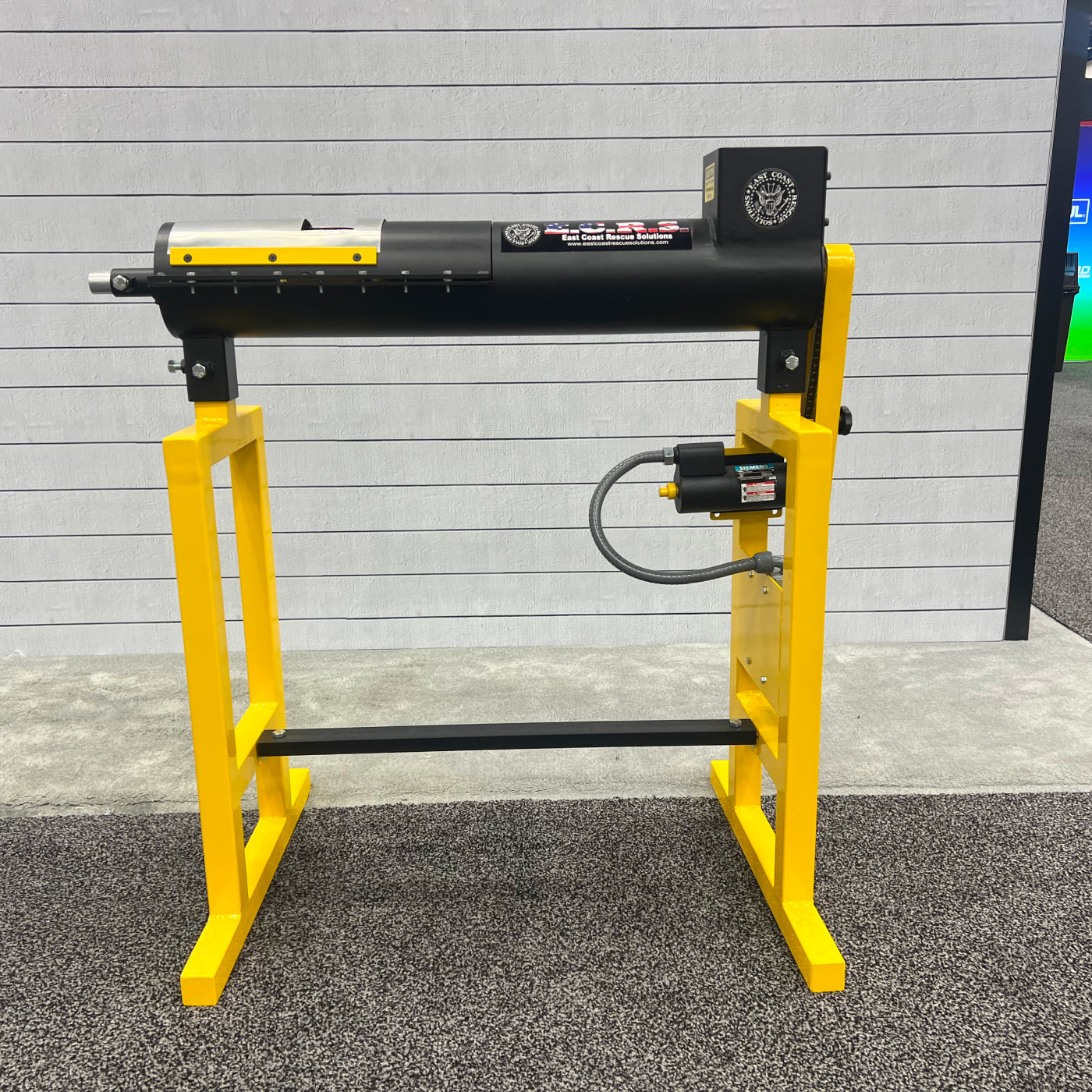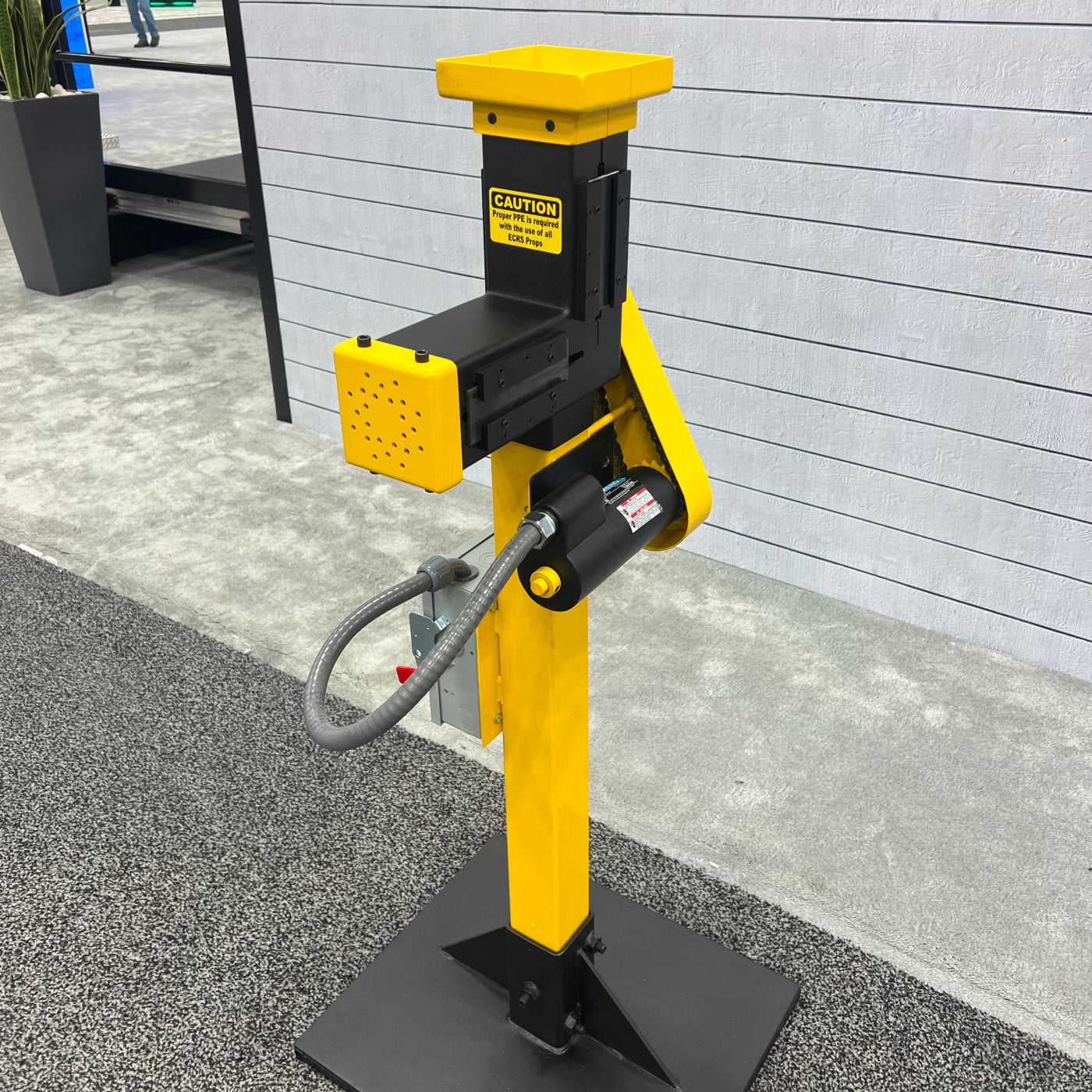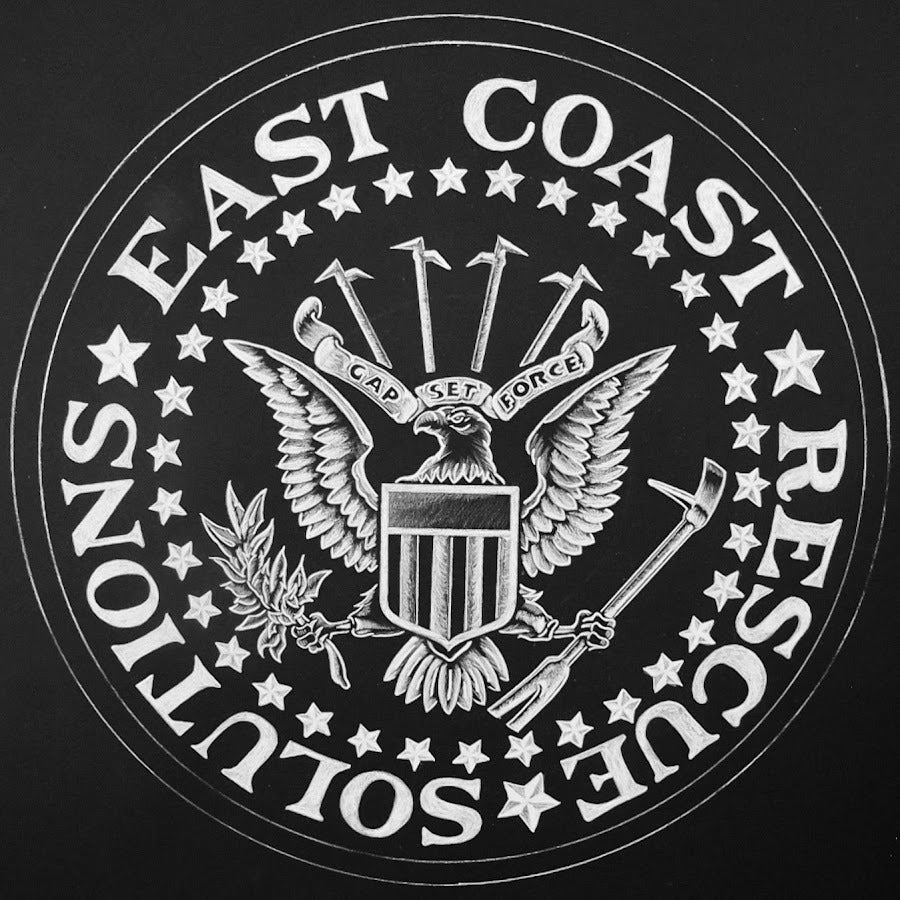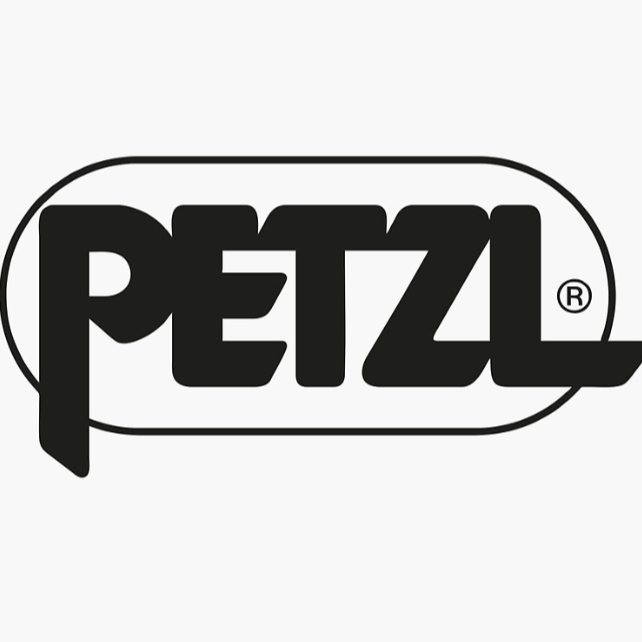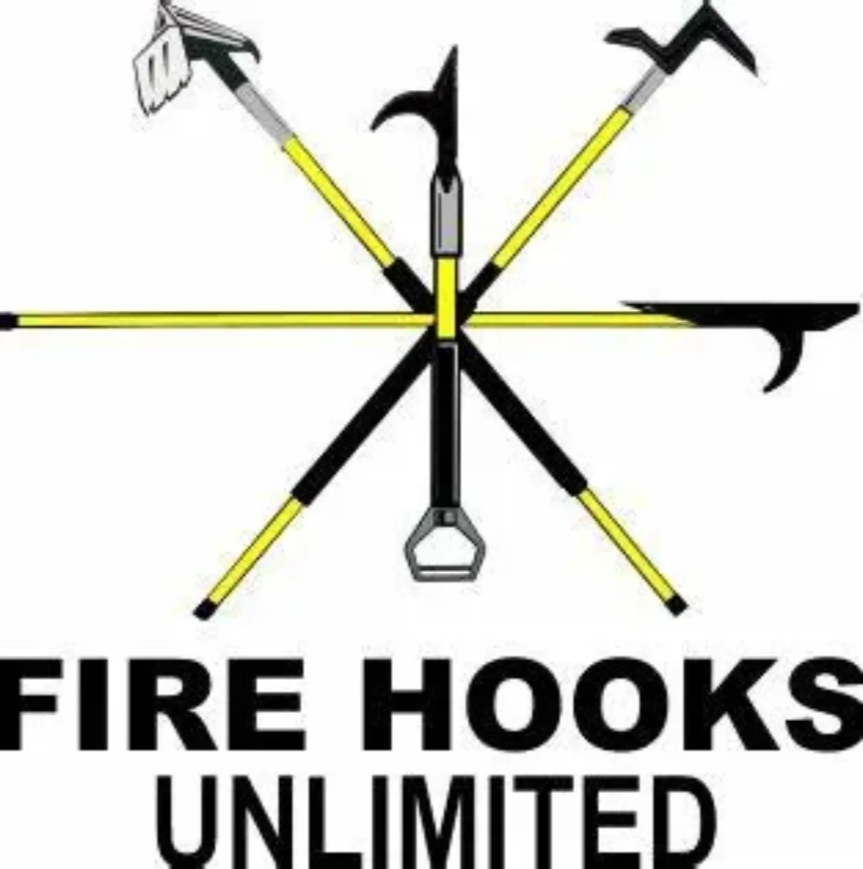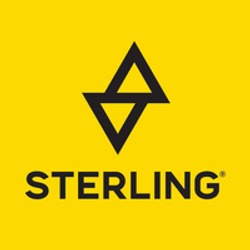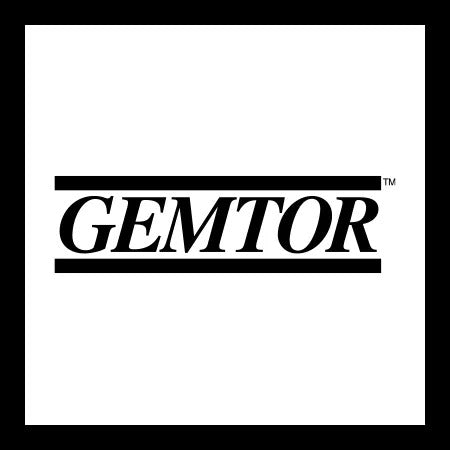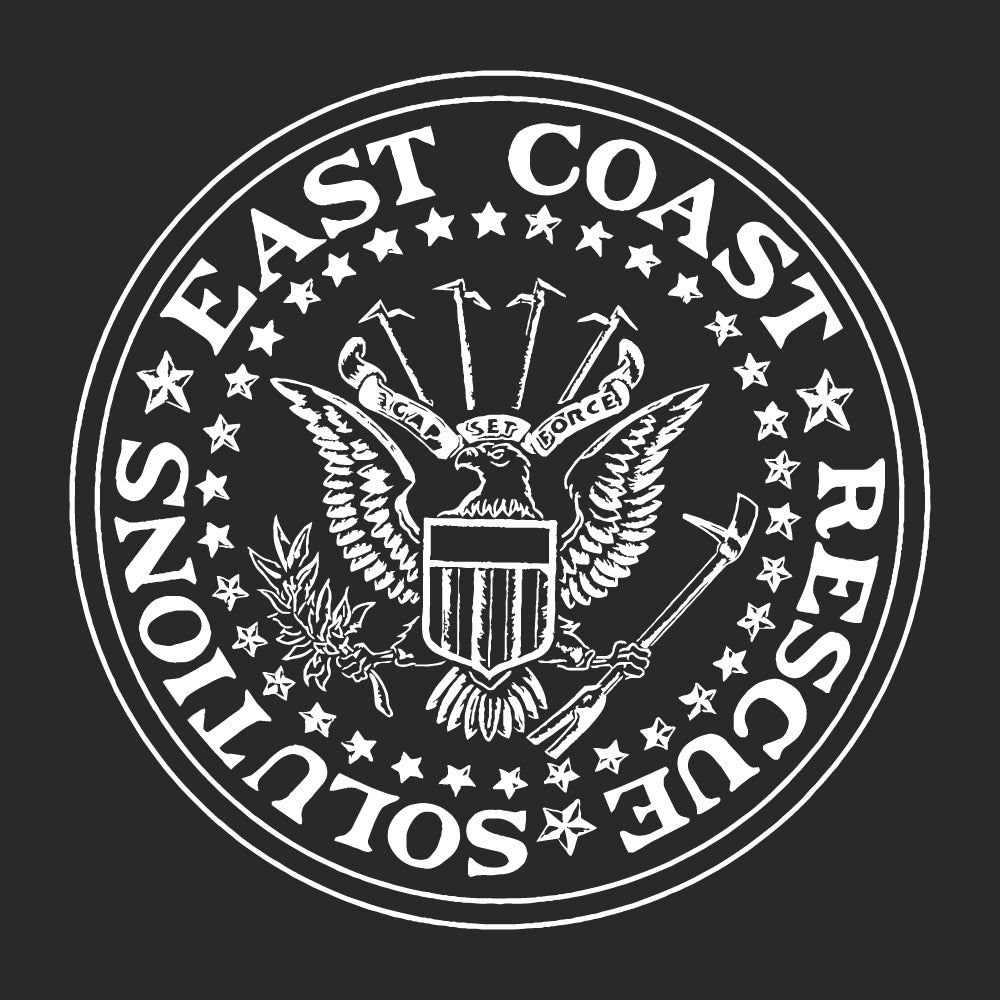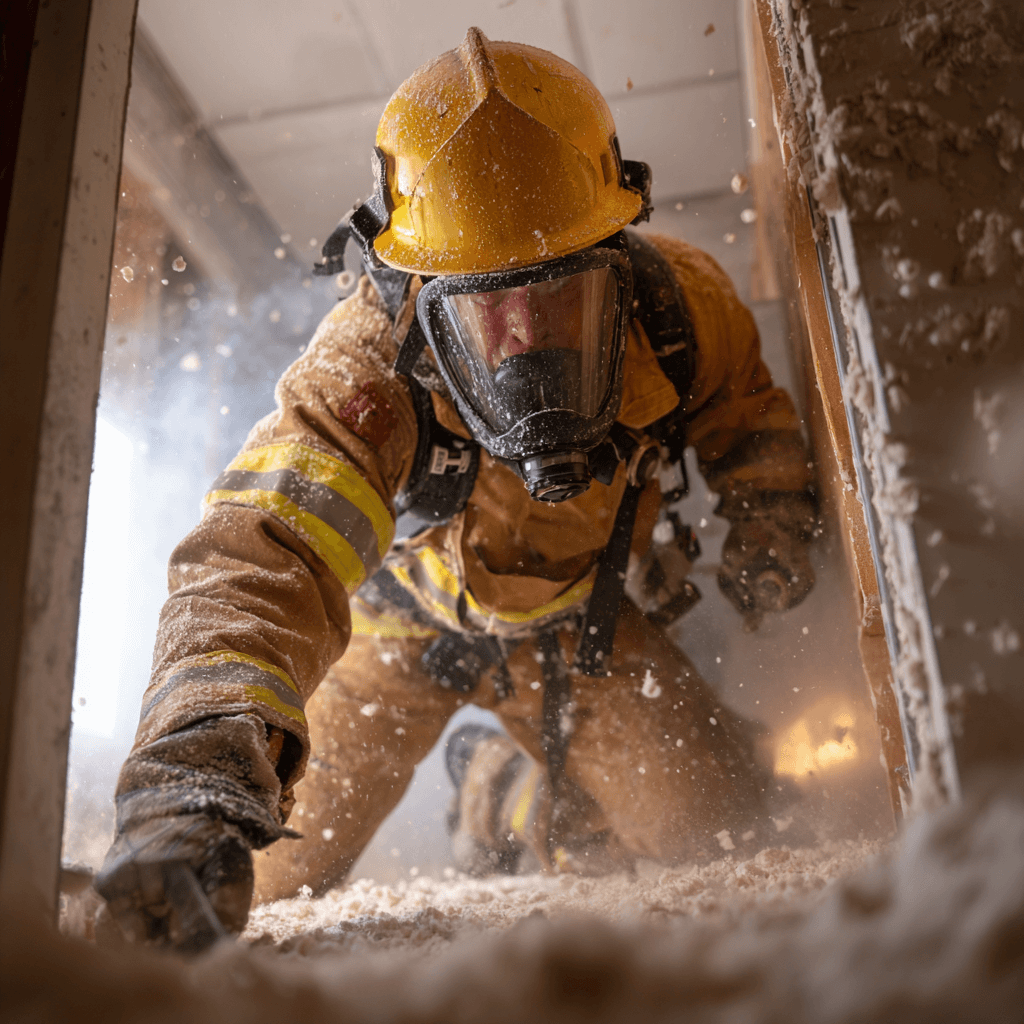Firefighters rely on a range of hand tools to force entry, open up concealed spaces, ventilate structures, and conduct overhaul.
While the fire hook is one of the most versatile tools on the rig, it’s important to understand how it stacks up against—and complements—other standard tools like the Halligan, flathead axe, pike pole, and pry bars.
This guide compares fire hooks to other entry and overhaul tools so you know exactly when to grab which tool and how to use them together for maximum impact.
1. Fire Hook vs. Halligan Bar
|
Use Case |
Fire Hook |
Halligan |
|
Forcible Entry |
❌ Not ideal |
✅ Primary tool for door entry |
|
Ventilation Cleanup |
✅ Clears debris easily |
⚠️ Useful as a wedge or fulcrum, but not designed for drag |
|
Overhaul |
✅ Excellent for pulling ceilings and walls |
⚠️ Works in a pinch but less reach and control |
|
Tool Marriage |
✅ Often paired with Halligan |
✅ Works well with hook for one-handed carry |
Key Takeaway:
Use the Halligan to force entry, then transition to the fire hook for overhaul and vertical work. Together, they form one of the most effective tool marriages in the fire service.
2. Fire Hook vs. Pike Pole
|
Use Case |
Fire Hook |
Pike Pole |
|
Modern Overhaul |
✅ Aggressive head grabs multiple materials |
⚠️ Less effective on lath, plaster, or insulation |
|
Ceiling Pull |
✅ Teeth and angles designed to cut and drag |
✅ Lightweight and straightforward |
|
Wall Breach |
✅ Better leverage and control |
❌ Limited use; lacks prying capability |
|
Salvage |
✅ Head rakes debris and furnishings |
⚠️ Pole-style tip not designed for heavy drag |
Key Takeaway:
Pike poles are great for basic drywall ceilings and lightweight tasks. Hooks outperform them when you need grip, bite, and prying force—especially on tough materials.
3. Fire Hook vs. Flathead Axe
|
Use Case |
Fire Hook |
Flathead Axe |
|
Forcing Doors |
❌ Minimal utility |
✅ Primary tool when married to Halligan |
|
Vertical Ventilation |
✅ Clears decking and insulation |
⚠️ Can cut but not designed for cleanup |
|
Wall/Ceiling Overhaul |
✅ Superior reach and control |
⚠️ Useful only when striking is required |
|
Carrying Tools |
✅ Lightweight |
❌ Heavier and bulkier for long operations |
Key Takeaway:
The axe is a brute-force tool for breaking and striking. The fire hook is more surgical—ideal for controlled pulling, ventilation cleanup, and interior work post-knockdown.
4. Fire Hook vs. Pry Bars and Utility Bars
|
Use Case |
Fire Hook |
Pry/Utility Bars |
|
Removing Baseboards / Trim |
✅ Good reach and angle leverage |
✅ Excellent control in tight spaces |
|
Opening Floorboards |
✅ Hooks under and rolls boards |
✅ Thin profile slides between planks |
|
Debris Removal |
✅ Teeth catch and drag |
❌ Limited by small heads |
|
Structural Collapse Support |
⚠️ Some leverage |
✅ Heavier bars better suited for cribbing or prying heavy materials |
Key Takeaway:
Pry bars are better for focused leverage in close quarters. Fire hooks shine when reach and versatility matter—especially when dragging large debris or probing concealed spaces.
5. Hook + Tool Combinations: When to Pair Up
Some of the most effective tactics happen when tools work together.
-
Hook + Halligan: Forcible entry + immediate overhaul
-
Hook + Axe: Cutting ventilation holes + clearing debris
-
Hook + Pike Pole: Search and overhaul teams with varying reach needs
-
Hook + TIC (Thermal Imaging Camera): Pinpoint heat, then use the hook to expose it
Pro Tip: Use color-coded handles or matching tape so firefighters can pair their tools faster, even under poor visibility.
Choosing Based on Assignment
|
Role |
Best Tool Combo |
|
Roof Vent Team |
Vent saw + 6-8 ft fire hook |
|
Interior Search Crew |
4-6 ft fire hook + TIC |
|
Overhaul Crew |
Fire hook + rake hook or pike pole |
|
RIC Team |
6 ft fire hook + Halligan or metal cutting saw |
Final Thoughts: It’s Not Either-Or—It’s When and Why
The fire hook isn’t a replacement for the Halligan, axe, or pike pole—it’s a versatile tool that fills in the gaps, giving firefighters reach, control, and leverage when it’s needed most. Knowing the differences—and how to deploy tools together—is what separates efficient companies from overwhelmed ones.
Equip smart. Train sharp. And make every tool work in your favor.

